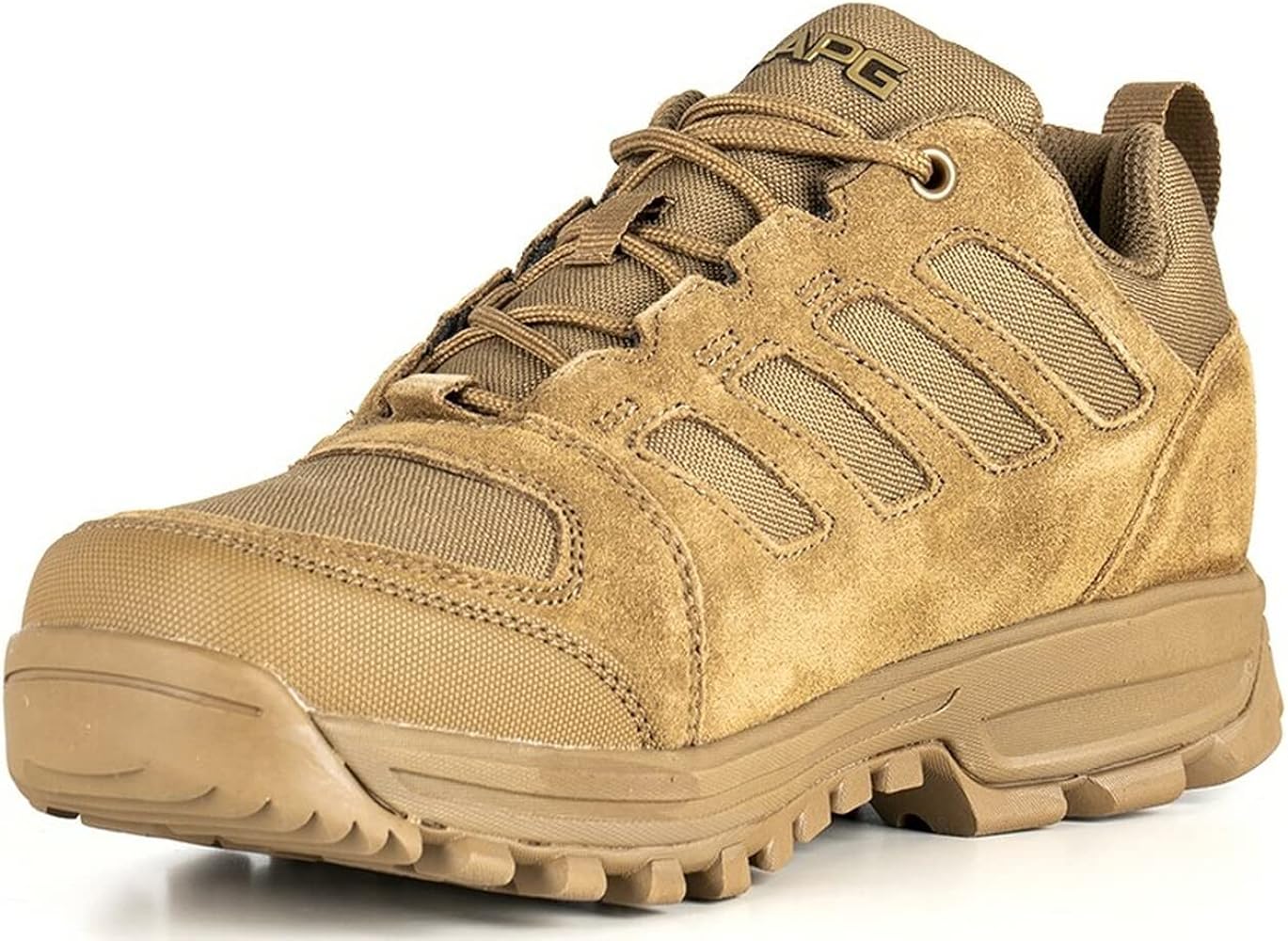Introduction
Are you an avid hiker looking to explore various terrains? Whether you’re planning a trek through rugged mountains, dense forests, or rocky trails, having the right hiking gear is essential for a safe and enjoyable experience. In this blog post, we will guide you on how to select the appropriate hiking gear for different terrains, ensuring that you are well-prepared for any adventure that comes your way.
Understanding the Importance of Proper Hiking Gear
When it comes to hiking, having the right gear is crucial for a safe and enjoyable experience. The terrain you’ll be hiking on plays a significant role in determining the type of gear you should choose. Whether you’re planning a hike through rocky mountains, dense forests, or muddy trails, here’s a guide to help you select the right hiking gear for different terrains.
Footwear for Various Terrains
1. Hiking Boots for Rugged Terrain:
When hiking on rocky or uneven terrains, opt for sturdy hiking boots with ankle support. Look for boots with a thick sole and good traction to provide stability and prevent slips.
2. Trail Running Shoes for Light Trails:
If you’re hiking on well-maintained trails or flat terrains, lightweight trail running shoes can be a comfortable and flexible option. They offer good grip and are suitable for shorter hikes.
3. Waterproof Boots for Wet Terrains:
When hiking in wet or muddy areas, waterproof boots are essential to keep your feet dry and protected. Look for boots with a waterproof membrane and a durable outsole for better traction.
Clothing for Different Weather Conditions
1. Layering for Varying Temperatures:
Regardless of the terrain, layering your clothing is essential for adapting to changing weather conditions. Start with a moisture-wicking base layer, add an insulating mid-layer, and top it off with a waterproof and breathable outer layer.
2. Quick-Drying Fabrics for Wet Terrains:
When hiking in wet terrains, choose clothing made from quick-drying fabrics like nylon or polyester. These materials wick away moisture and dry faster, keeping you comfortable throughout the hike.
3. Sun Protection for Hot and Sunny Terrains:
For hikes in hot and sunny terrains, don’t forget to wear a wide-brimmed hat, sunglasses, and apply sunscreen. Lightweight and breathable clothing with UPF protection is also recommended to shield your skin from harmful UV rays.
Summary
When it comes to hiking, having the right gear can make all the difference. Each terrain presents its own challenges and demands specific equipment to ensure your safety and comfort. Here is a summary of the key factors to consider when selecting hiking gear for different terrains:
- Research the terrain: Before embarking on a hike, thoroughly research the terrain you will be exploring. Understanding the characteristics of the terrain will help you determine the necessary gear.
- Footwear: Invest in a good pair of hiking boots that provide ankle support and have a sturdy sole. The type of footwear you choose should be suitable for the specific terrain, whether it’s waterproof boots for muddy trails or lightweight shoes for rocky terrains.
- Clothing: Dress in layers to adapt to changing weather conditions. Opt for moisture-wicking and quick-drying fabrics to keep you comfortable during strenuous hikes. Consider wearing gaiters to protect your legs from debris in rugged terrains.
- Backpack: Choose a backpack that is spacious enough to carry all your essentials, yet lightweight and comfortable to wear. Look for features like adjustable straps, multiple compartments, and a hydration system for added convenience.
- Navigational tools: Carry a map, compass, or GPS device to navigate through unfamiliar terrains. Familiarize yourself with their usage before your hike to avoid getting lost.
- Protection against elements: Pack essentials like sunscreen, insect repellent, and a hat to protect yourself from the sun’s harmful rays and pesky bugs. Additionally, bring a rain jacket or poncho to shield yourself from unexpected rain showers.
- Safety equipment: Depending on the t more errain, you may need additional safety gear such.

- Q: What factors should I consider when selecting hiking gear for different terrains?
- A: When selecting hiking gear for different terrains, consider factors such as the difficulty level of the terrain, weather conditions, duration of the hike, and your personal comfort and safety needs.
- Q: What type of footwear is suitable for different terrains?
- A: For different terrains, choose hiking boots with sturdy soles and ankle support for rocky or uneven terrains, lightweight trail running shoes for well-maintained trails, or waterproof boots for wet or muddy terrains.
- Q: What clothing should I wear for different terrains?
- A: Dress in layers and wear moisture-wicking and breathable clothing. For hot terrains, opt for lightweight and sun-protective clothing, while for cold terrains, wear insulating layers and waterproof outerwear.
- Q: What kind of backpack should I use for different terrains?
- A: Choose a backpack with a comfortable fit and adjustable straps. For shorter hikes, a daypack is sufficient, while for longer hikes or overnight trips, consider a backpack with a larger capacity and compartments for organizing your gear.
- Q: What accessories are essential for different terrains?
- A: Essential accessories for different terrains include a map and compass or GPS device for navigation, a headlamp or flashlight for low-light conditions, a first aid kit, a multi-tool, insect repellent, and sun protection (such as sunscreen and sunglasses).
- Q: Are there any specific gear considerations for mountainous terrains?
- A: Yes, for mountainous terrains, it is important to have trekking poles for stability and to reduce strain on your knees, as well as crampons or microspikes for traction on icy or snowy surfaces.
